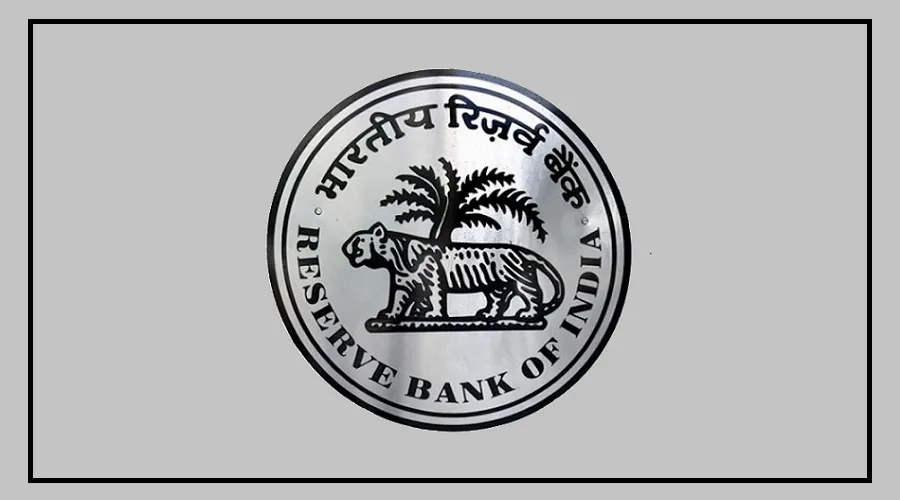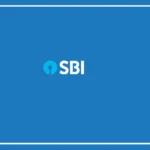The Reserve Bank of India (RBI) is set to announce its monetary policy on October 6.
Market experts anticipate that while the RBI may not introduce any new liquidity-related measures, it could take steps to manage existing liquidity more effectively.
Economist Gaura Sengupta from DBI First Bank suggests that the central bank’s primary objective may be to rein in the effects of the recent spike in food inflation, particularly during July and August.
Analysts foresee an impending increase in liquidity within the banking system, attributed to the complete withdrawal of Incremental Cash Reserve Ratio (I-CRR) funds.
The central bank is expected to address liquidity concerns post the festival season.
Potential for Liquidity Measures
Venkatakrishnan Srinivasan, founder and managing partner of Rockfort Fincorp, notes that the central bank may need to take corrective action if there’s a significant liquidity shortfall during the festive season.
Recent days have witnessed liquidity pressure in the banking system, primarily due to the payment of advance tax and service tax, despite the reversal of I-CRR.
Short-Term Rates and Liquidity
Short-term overnight rates have surged beyond repo rates, nearing the standing facility rate, marking a shift from previous high liquidity levels.
In a bid to normalize liquidity, the RBI had instructed banks on August 10 to maintain 10 percent I-CRR on the increase in their Net Demand and Time Liabilities (NDTL) between May 19 and July 28, aimed at reducing excess liquidity.
Additionally, the withdrawal of the Rs 2,000 note from circulation has also impacted liquidity.
Phased Removal of I-CRR
On September 8, the RBI had announced the phased removal of I-CRR.
It released 25 percent of the I-CRR funds on September 9, another 25 percent on September 23, and is scheduled to release the remaining 50 percent on October 7.
However, liquidity began to decline after September 15, with two reversals of I-CRR. Experts attribute this liquidity reduction to the quarterly tax outflows.

























